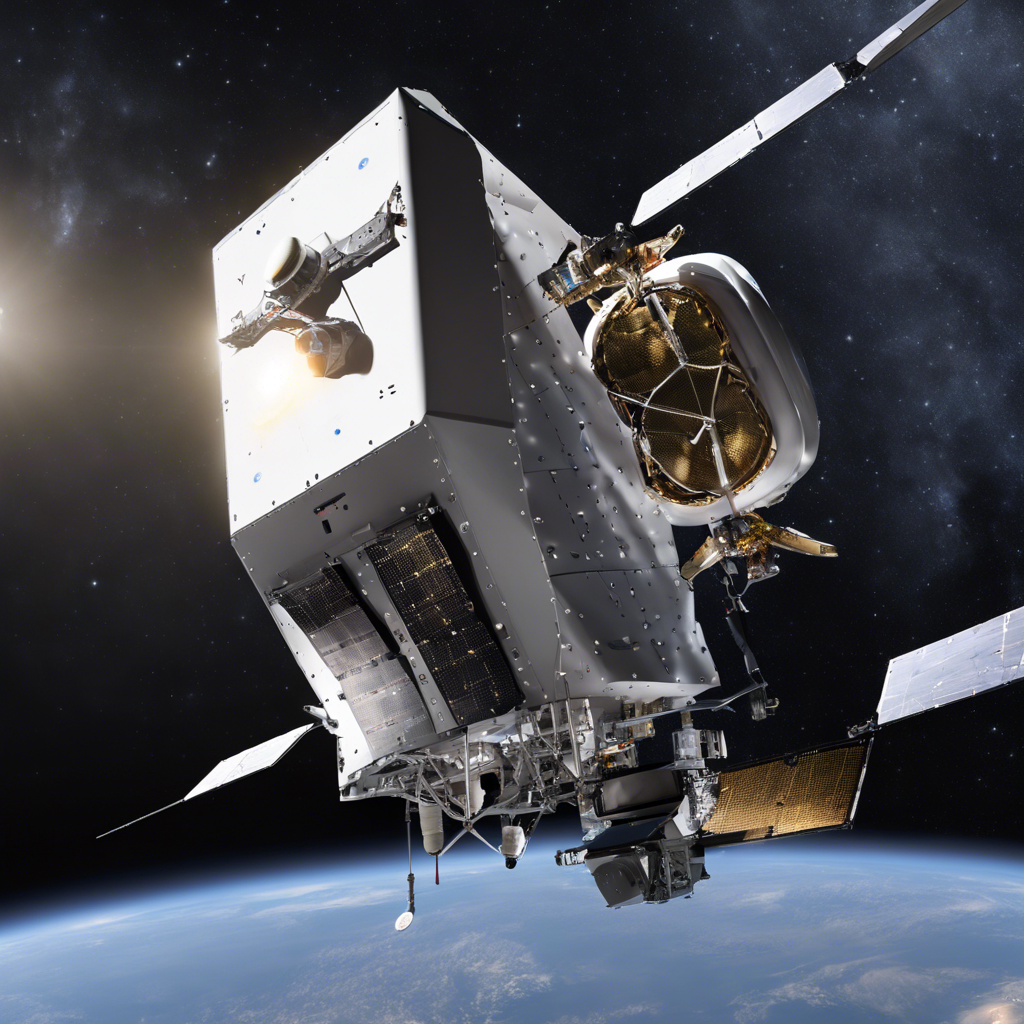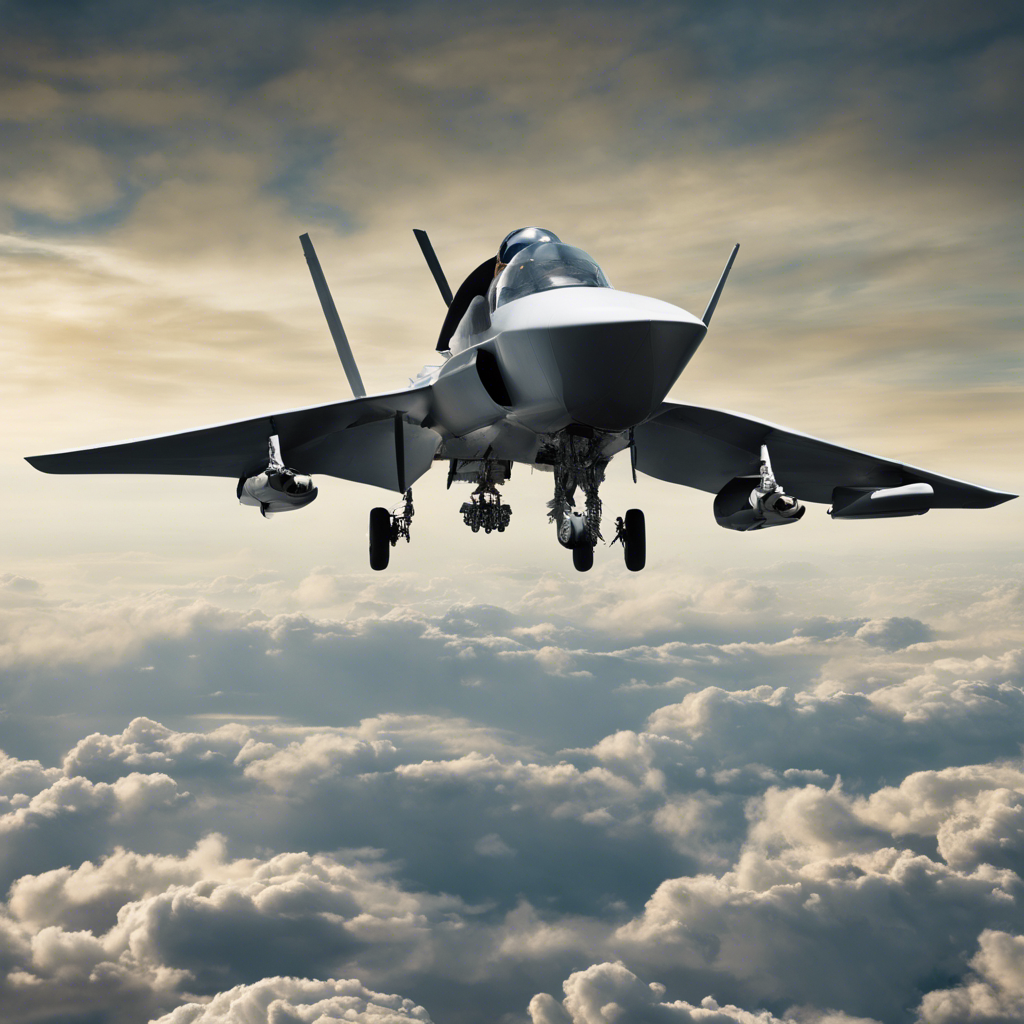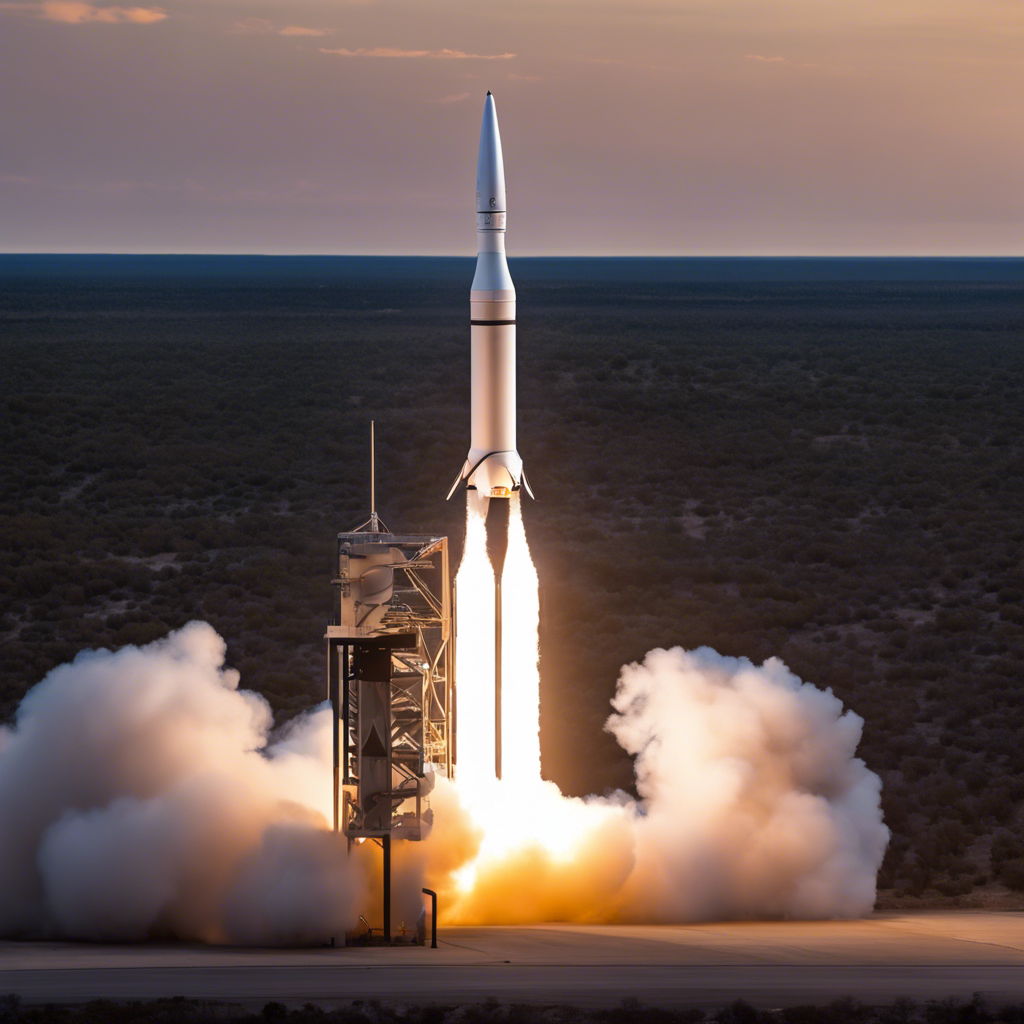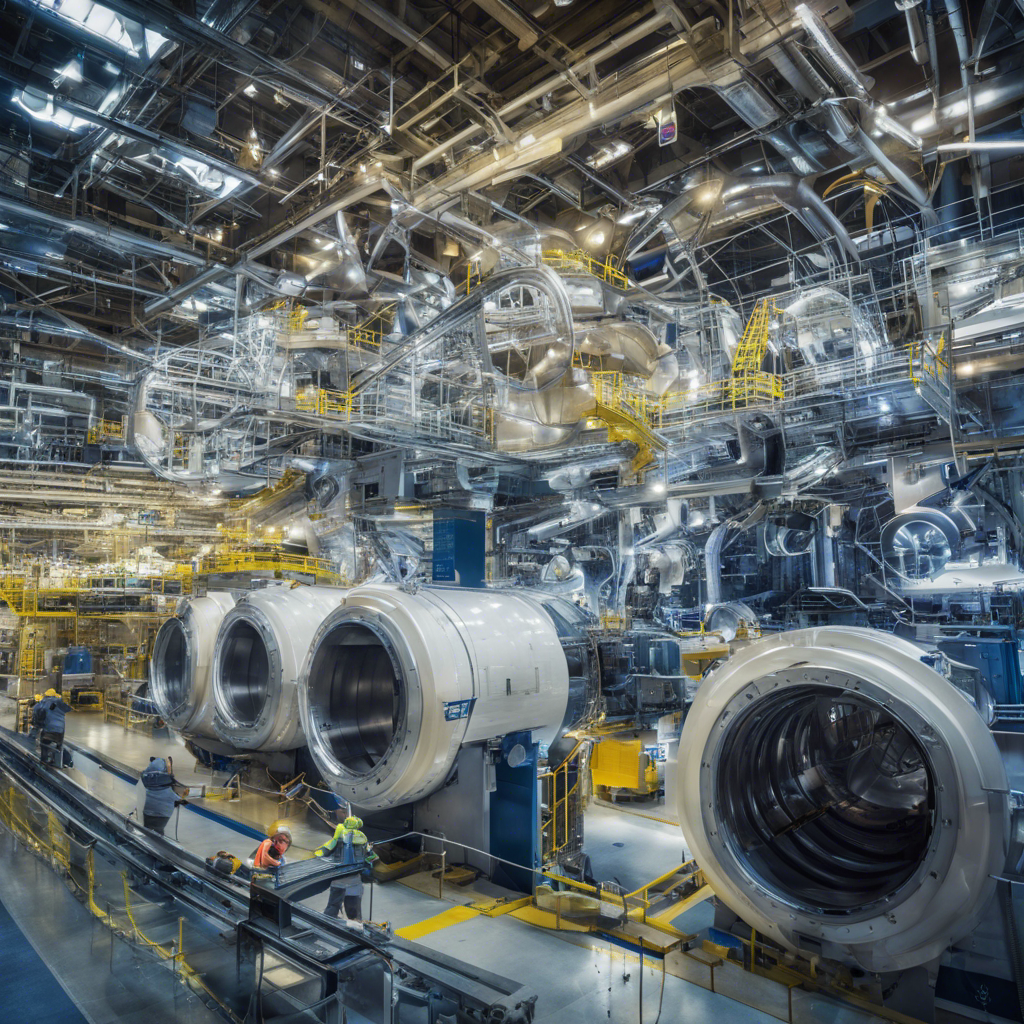Partnership aims to revolutionize calibration process for faster deployment of payloads
Lockheed Martin and Firefly Aerospace have joined forces to launch a payload demonstrator that could significantly reduce the time it takes for spacecraft payloads to become operational. The collaboration centers around Lockheed Martin’s wideband Electronically Steerable Antenna (ESA), which aims to revolutionize the calibration process and expedite the readiness of sensors once in orbit. This innovative technology has the potential to reshape future remote sensing architectures, offering a faster and more efficient approach to deploying payloads. The ESA payload, known as Tantrum, is set to launch aboard Firefly Aerospace’s Alpha rocket in December.
Rapid Calibration: A Game-Changing Advancement
The traditional process of calibrating on-orbit sensors can be time-consuming, often taking months before they are fully calibrated and ready to perform their intended mission. However, Lockheed Martin’s ESA sensor promises to significantly reduce this timeline, enabling rapid calibration in a fraction of the time. By fine-tuning the sensor system quickly and accurately, the ESA aims to expedite the operational readiness of payloads, allowing them to fulfill their intended purpose more swiftly.
Tantrum: Pioneering the Future of Remote Sensing
The payload demonstrator, Tantrum, represents a crucial step forward in remote sensing technology. By integrating Lockheed Martin’s ESA payload onto Firefly Aerospace’s Alpha rocket, the partnership aims to showcase the potential of this groundbreaking technology. Tantrum will serve as a proof-of-concept, demonstrating the feasibility of deploying highly producible ESA antennas that can be quickly calibrated and fielded on orbit. This advancement has significant implications for 21st-century security, as it enables faster response times and more agile operations.
Scalable Design and Mass-Producibility
The ESA payload utilizes a new, scalable design that incorporates off-the-shelf commercial parts. This approach ensures quick and efficient mass-producibility, a critical factor in enabling the widespread adoption of this technology. By leveraging readily available components, Lockheed Martin aims to streamline the manufacturing process, reduce costs, and enhance the accessibility of the ESA for future missions. This scalability and mass-producibility are essential for meeting the increasing mission needs and operational tempo of customers.
Investing in Space Technology
Lockheed Martin’s collaboration with Firefly Aerospace is part of the company’s broader investment in space technology. As a leading aerospace and defense company, Lockheed Martin is committed to pushing the boundaries of innovation and advancing the capabilities of space systems. The ESA payload demonstrator represents one of several technology demonstrators that Lockheed Martin is actively developing to drive advancements in space technology. By investing in cutting-edge solutions, the company aims to address the evolving demands of the space industry and support the future of space exploration.
Conclusion:
Lockheed Martin and Firefly Aerospace’s collaboration to launch the ESA payload demonstrator marks a significant milestone in advancing the efficiency and speed of spacecraft payload operations. The innovative wideband Electronically Steerable Antenna promises to revolutionize the calibration process, enabling payloads to become operational in a fraction of the time it currently takes. This breakthrough technology has the potential to reshape remote sensing architectures and enhance the responsiveness and agility of space systems. As both companies continue to invest in space technology, the future of space exploration looks increasingly promising, with faster deployment and more efficient operations on the horizon.











